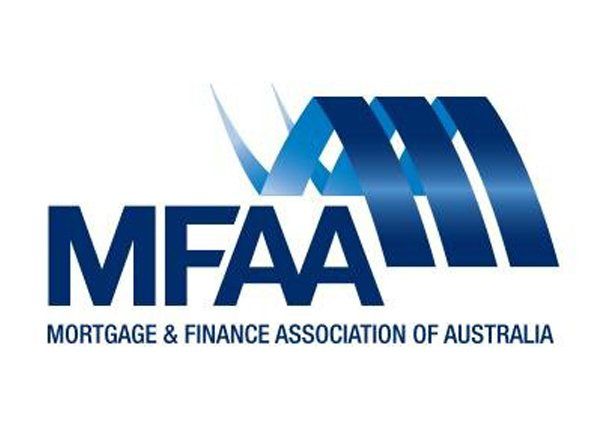We’re here to answer your questions
-
What's the difference between a home loan and mortgage?
Home loans are a type of loan used to purchase real estate. The bank will lend an individual money to buy the real estate, and the individual will then need to pay it back to the bank over time. A mortgage is the agreement between you (the borrower) and the bank (the lender).
-
How much should I save for a deposit?
Australian's will generally need 20% of the property's full price as a deposit. It is possible to get a home loan without a 20% deposit, but you will need to pay what's called Lenders Mortgage Insurance (LMI).
LMI is a type of insurance that the lender (the bank) takes out to protect itself against the risk of you not being able to meet your loan repayments. You don't have to pay LMI up front, and this will be included in the overall amount of money you need to pay back to the bank.
-
What if I have a low credit score?
We work with a variety of lenders and can help you find options that fit your credit situation. Improving your credit score before applying can also help you secure better terms.
-
What are the additional costs of buying a home?
In addition to the deposit, you’ll need to budget for closing costs, moving expenses, insurance and ongoing maintenance.
-
What is the difference between fixed-rate and variable-rate loans?
When you borrow money from a bank, you need to pay a fee for borrowing money. Interest rates vary with the global economy. You can choose between two types of interest rates for your home loan:
Fixed Rate Interest: Lock in an interest rate for 1-5 years, and it will stay the same even if global rates change.
Variable Rate Interest: Your interest rate fluctuates with the economy, decreasing when global rates drop and increasing when they rise.
Chat to a home loan specialist about your options and unique situation, and they can help you make a decision.
-
What is an offset account?
An offset account is an everyday bank account that is linked to your home loan. You can deposit any extra savings into that account, which then offsets the amount you owe on your home loan.
For example, say you have a home loan of $500,000. You have $20,000 in your offset account, so now you will only be charged interest on a loan balance of $480,000.
The great thing about offset accounts is that you can access it whenever you need it, so your money isn't locked in.
Getting you familiar with key terminology
Understanding mortgage and real estate terminology can make the process less daunting. Here are some key terms you should know:
Mortgage:
A loan used to purchase a home, where the property itself serves as collateral.
Principal: The amount of money you borrow.
Interest Rate: The percentage of the loan amount charged by the lender for borrowing money.
Desposit: An upfront payment made when purchasing a home, typically a percentage of the total price.
Fixed-Rate Mortgage: A mortgage with a set interest rate for the entire term of the loan.
Variable-Rate Mortgage: A mortgage with an interest rate for a fixed term, typically between 1 to 5 years.
Pre-Approval: A lender’s estimate of how much you can borrow based on your financial situation.
Conveyancer:
A legal professional who specialises in the transfer of property ownership from one person to another. They handle all the legal aspects of buying and selling real estate, including preparing and reviewing contracts and ensuring that the title is transferred correctly.
Our process
Here’s our step-by-step guide to securing your dream home with our mortgage solutions for medical professionals
01
Start the process
Initial interview, gathering documents such as ID, payslips, statements
02
Review Lender and Product
Broker to review my financial circumstances and provide me with loan recommendations
03
Submit application
Sign the Bank application forms for the Broker to submit to the bank
04
Start the process
Broker to keep me informed along the way as the Bank reviews my application and verifies the information provided
05
Formal approval
Unconditional approval issued by Broker meaning formal acknowledgement of loan application has been approved
06
Signing of Loan Documents
Broker to organise a time with me to come in and sign my loan contracts
07
Settlement
Broker will advise my conveyancer to book in settlement directly with the bank. If refinancing, my Easy Loans Broker will liaise directly with the bank.
08
Post review
Broker will keep in touch with me as their settlement service doesn't end after I settle - they are here to help me for the life of the loan.
How to get started
Book in for a free consultation
Contact Us
We will get back to you as soon as possible.
Please try again later.
Download our home loan checklist
To help you stay organised and make sure you don’t miss any crucial steps, we’ve created a comprehensive Home Loan Checklist.
Easy Loans Pty Ltd is a Corporate Credit Representative
(Corporate Credit Representative Number 396694) of BLSSA Pty Ltd (Australian Credit License Number 391237)
Website designed and developed by Captovate



